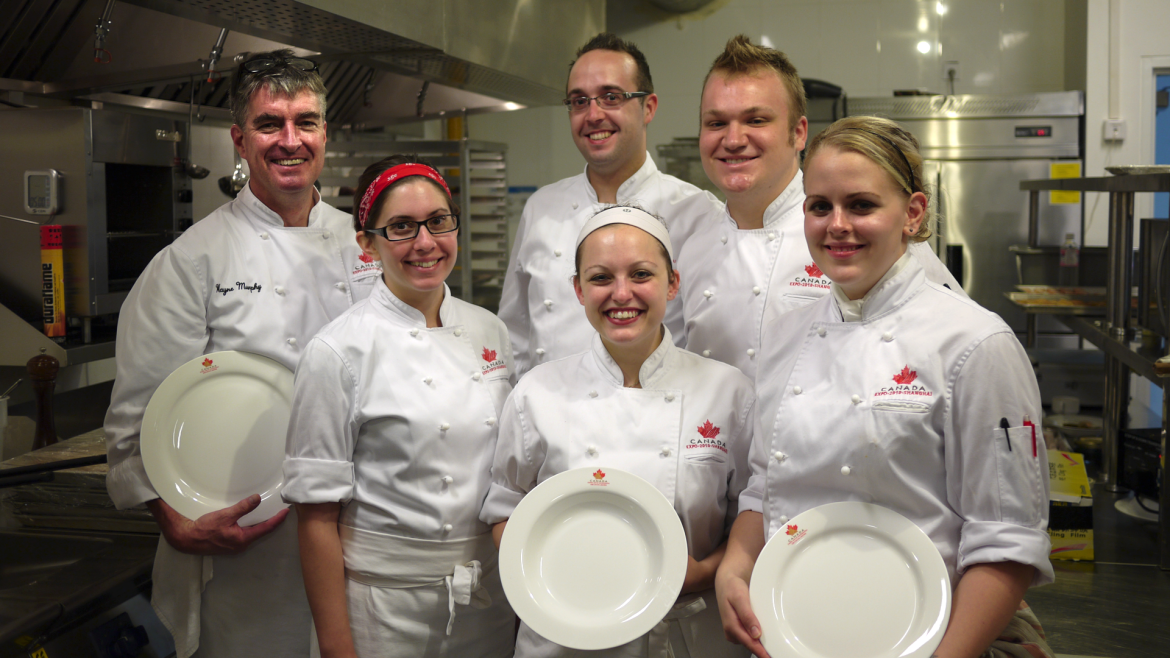Nowadays, the restaurant industry is more competitive than ever before and this is causing numerous problems. With so much choice available for the consumer, restaurants are finding it hard to get noticed. However, there are some steps that you can take to overcome the largest problems and we have some fantastic tips today!
Issue #1: Customer Service – When people visit restaurants, they do so because they want to experience food that they can’t cook at home and we will look deeper into the menu in just a second. However, it isn’t just the food that people want to experience because the customer service is just as important. Regardless of how good your food may be, most visitors include the customer service in their decision of whether to return so this should be a focal point of your business.
As we know, repeat customers are essential for restaurants because there are only a certain amount of people to whom you can appeal. Once all the locals have visited your restaurant, you are essentially out of ideas. Therefore, a sustainable restaurant will focus on repeat business and customer service is a huge factor within this. From busboys to the managers, everybody should be looking out for the visitor and they need to have an enjoyable experience.
In truth, every step is important from the moment they walk in. If they aren’t greeted, don’t know your name, aren’t helped with questions, and aren’t even smiled at once, they will remember and could even tarnish your reputation with an online review. Remember, a bad review can outdo several good ones so do your best to keep all customers happy. Of course, some customers will be tricky to handle but you must try your best and keep the smile on your face at all times.
Issue #2: USP – Why should customers spend their evening and hard-earned money with you as opposed to any other restaurant in town? If you can’t answer this, how can anybody else? Unfortunately, customer service or even the menu doesn’t necessarily qualify as a USP as such as these are just a case of meeting expectations. In order to exceed them in some way, you need something that sets you apart.
Is it the classic 50s music you play while they eat? Do you source all of your ingredients locally? Do all customers get a little gift bag when they leave even if it is only a mint and some other cheap items? Whatever it may be, this will be the bit that has people returning. If it was just ‘food’, people can get that anywhere so what is it about your restaurant that is so special? As soon as you have this, you will be remembered. Why? Because you create an emotional connection with your guests and next time, they might bring more friends and family!
Issue #3: Menu – Ultimately, these three factors at the beginning are a trifecta of factors that make up the foundation of your restaurant. If either one of these is faulty, repeat customers are hard to come by. So far, we have been skirting around the menu a little so let’s address it now properly. In terms of common issues, sometimes restaurants have their menu too small or even too large. Additionally, you could be too expensive, too confusing with your theme, or too frugal with your portion sizes.
When creating a menu, you need to choose a number of dishes that you can do well without compromising the quality. When there are too many items, everything becomes a little rushed and the chef is overwhelmed at what they have to cook. For example, having hundreds of items might not seem a lot but what happens if every single person orders a different dish? Furthermore, you need to consider the amount of ingredients required to fulfil a large menu.
This being said, you also don’t want to limit the choice of your customers because they will only come once or twice before they run out of dishes they wish to try. Therefore, there needs to be a balance between these two factors. As well as providing a good amount of choice, the chef needs to be able to cook all orders to a very good standard. To help, we also have some smaller tips that may help with your menu;
- Avoid using the dollar sign
- Review your menu once or twice a year
- Be ready to adapt if something doesn’t sell
- Keep copies of your menu clean in the dining room
- Use photos and creative text to sell for you
- Keep the most profitable dishes in their own section
Finally, we also recommend making your menu available on your website and social media sites because people are more likely to visit if they can check out your food first!
Issue #4: Marketing – Earlier, we discussed the amount of competition in every location so how do you plan to stand out without good marketing? We aren’t saying that you should be spending extortionate amounts of money on marketing, but you can still utilize social media, a responsive website, email lists, and even a loyalty program for customers. In addition to being cheap, these are all incredibly effective.
Over time, you should be looking to create your brand including the same logo and graphics across all platforms. In truth, being creative is far more effective than spending lots of money so be unique and capture the imagination of potential customers.
Issue #5: Management – Although this isn’t in the main three, management is still important to any restaurant because you are the one in control. Each day, there are many things that need to be assessed to ensure profitability including;
- The most profitable menu items
- The cost of each menu item
- Labor costs compared to ingredients and every other cost
- The items that could be removed due to lack of sales
- The amount of customers who walk through the door each day
- The profit (or loss) you see each week
- The loss that comes from inventory
As you can see, these are quite basic but could prove very important if you are to succeed. If you manage to review the figures listed, act upon what they are suggesting, and then see even more success, this is great news for the longevity of the businesses!
Issue #6: Capital – Ultimately, the biggest problem here is probably the lack of capital that restaurant owners seem to have these days. If you are still in the planning stages of your restaurant and only have enough money for three months, we highly suggest waiting a little longer because this time will go very quickly. If you get off to a slow start, you are getting yourself into debt very early on and it becomes harder and harder to recover as many people find out each year. If possible, it is recommended that you have capital for at least one year before you open.
Issue #7: Staff – Finally, your staff will be one of the most important cogs in the day-to-day wheel because they are the face of the business. If you make mistakes in hiring, you end up wasting a good amount of money on the hiring process as well as the training that took place to get them up to scratch. This, coupled with the fact that the food industry tends to have a very high labor turnover rate, means that you need to be extra careful with hiring the right characters.
If you place focus on staff, you will become more efficient as time goes on and this leads to a happier experience for your diners. Although hiring can be an expensive process, this doesn’t mean that you should be hanging on to the wrong staff. Let’s face it, some people aren’t cut out for working in the busy atmosphere of a restaurant and this is absolutely fine. Once you have the right team, you can train them well and they could potentially become management one day and this is something to keep in mind. If they have the potential to join the management team in the future, keep hold of them!
Conclusion – There we have it, the most common issues seen by restaurants. As long as you take our tips on board, you should now have some solutions to make your restaurant venture a success both now and long into the future!










5. Social Media
Get creative with your social media strategy. Share engaging content, run competitions, and post photos of your delicious dishes. Avoid repetitive advertising posts to keep followers interested.